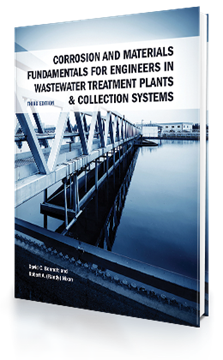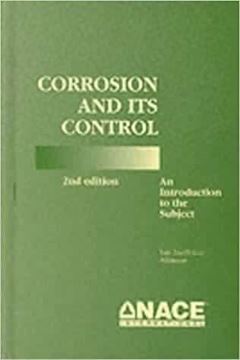Search
Avoiding Corrosion in Desalination Plants (e-book)
Also Purchased
Corrosion and Materials Fundamentals for Engineers in Wastewater Treatment Plants & Collection Systems, 3rd Edition (E-book)
Product Number:
37609-E
ISBN:
978-1-57590-327-9
Publication Date:
2016
$105.00
Field Guide to Internal Corrosion Mitigation and Monitoring for Pipelines (E-book)
Product Number:
37610-E
ISBN:
978-1-57590-328-6
Publication Date:
2016
$130.00
Corrosion and Its Control: An Introduction to the Subject, Second Edition (e-Book)
Product Number:
37552-E
ISBN:
1877914711
Publication Date:
1995
$90.00
Recently viewed




